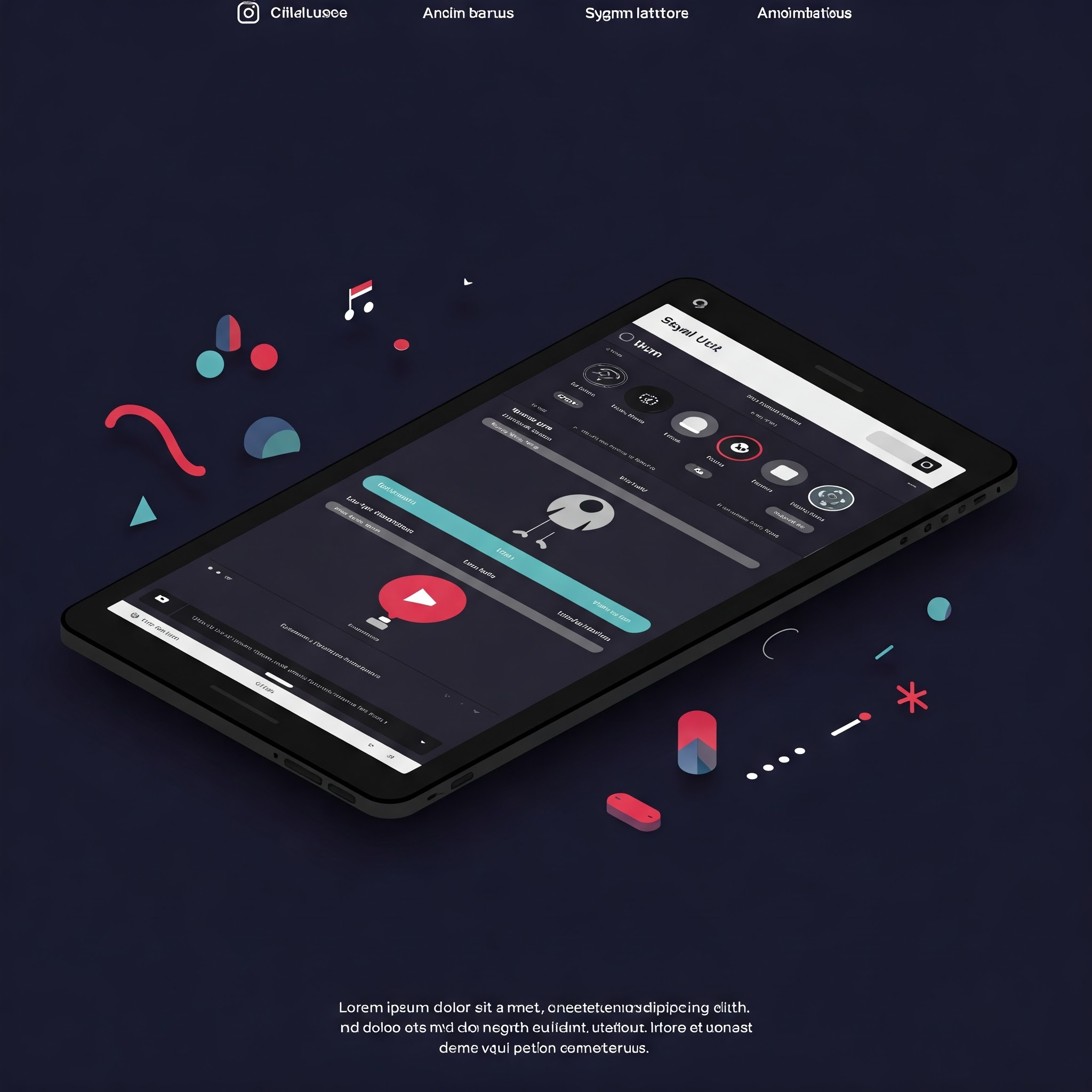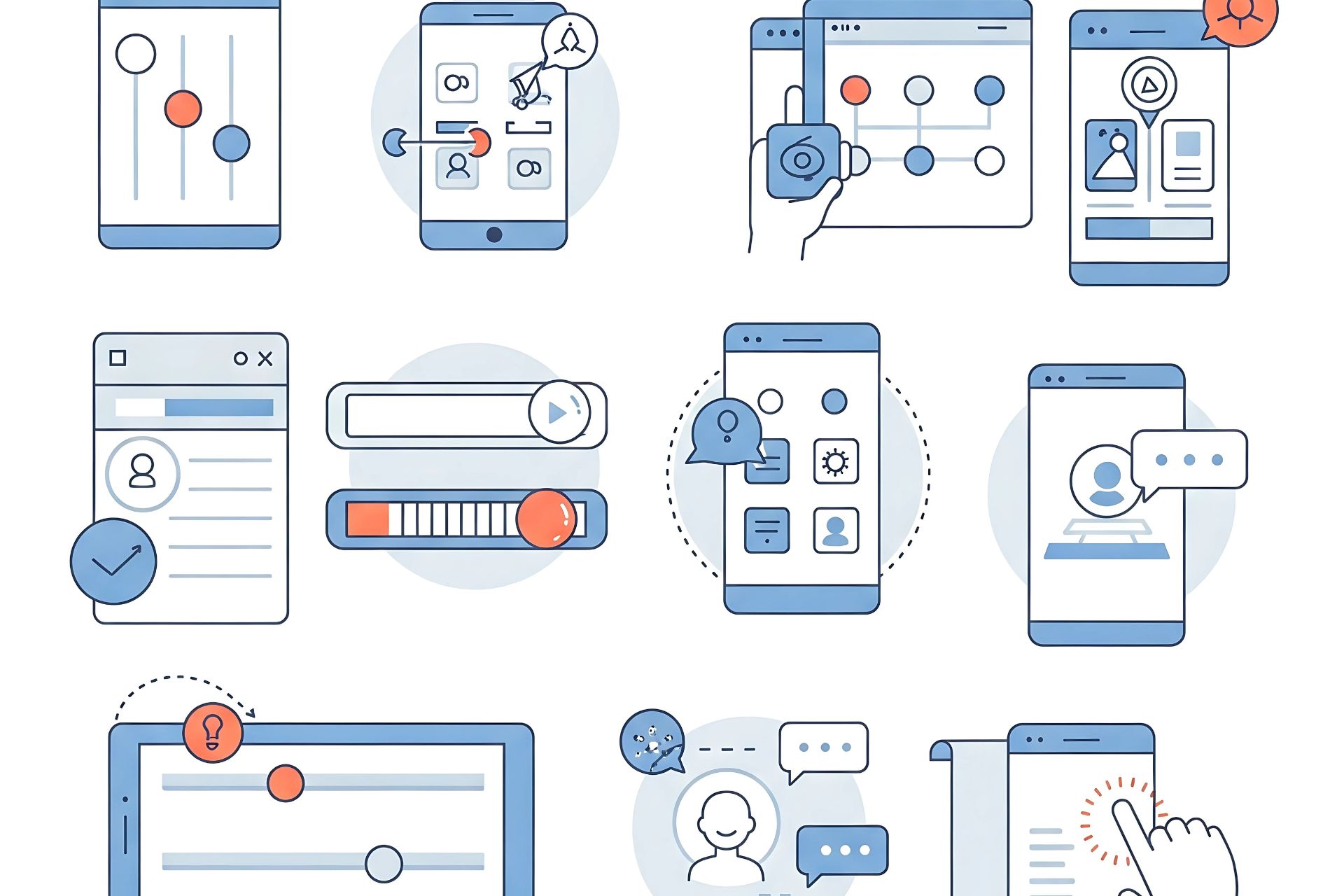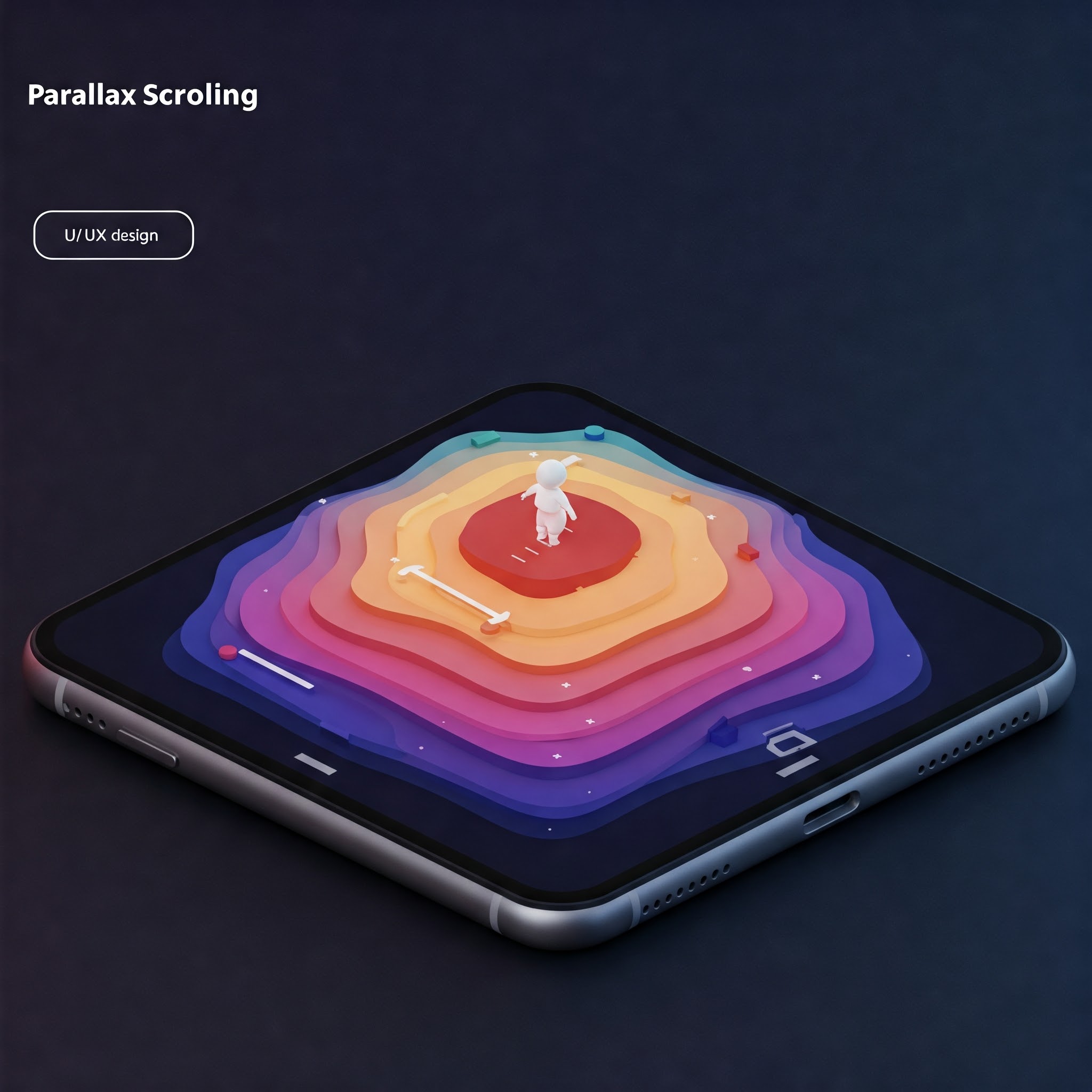Category: UI/UX Design
Date: October 2023
In the ever-evolving landscape of user interface and user experience (UI/UX) design, motion graphics have emerged as a powerful tool to captivate users, enhance usability, and create memorable digital experiences. No longer just a flashy addition, motion graphics are becoming integral to intuitive and engaging interfaces. This blog post explores the key trends driving this movement and how they're shaping the future of UI/UX design.
"Design is not just what it looks like and feels like. Design is how it works." - Steve Jobs
Why Motion Matters
Before diving into trends, let's understand why motion graphics are so impactful. They offer several key benefits:
- Improved User Guidance: Subtle animations can guide users through complex processes, highlighting interactive elements and providing clear visual feedback. Think of a loading bar that smoothly progresses or a button that subtly changes on hover.
- Enhanced Engagement: Dynamic visuals are inherently more engaging than static ones. They capture attention and make interfaces more interactive and enjoyable to use.
- Streamlined Communication: Motion can convey complex information quickly and efficiently. Animated icons, micro-interactions, and transitions can communicate status, progress, and feedback in a concise and visually appealing manner.
- Brand Personality: Motion graphics offer a unique opportunity to inject personality and brand identity into the UI. Custom animations and transitions can reinforce brand values and create a consistent user experience.
- Increased Accessibility: Thoughtfully implemented motion can improve accessibility for users with cognitive disabilities, making interfaces easier to understand and navigate.
Trending Now: The Motion Graphics Revolution
Here are some of the key trends shaping the use of motion graphics in UI/UX design:
- Micro-interactions: These small, delightful animations provide feedback and enhance the sense of interactivity. Think of a heart that fills with color when liked or a button that subtly expands on click. Micro-interactions make interfaces feel more responsive and human.
- Loading Animations: Say goodbye to boring spinners! Creative loading animations can entertain users while they wait, reducing frustration and improving the perceived loading time.
- Seamless Transitions: Smooth and fluid transitions between screens or sections create a sense of continuity and guide the user through the interface effortlessly. They contribute to a polished and professional user experience.
- Animated Icons: Static icons are becoming a thing of the past. Animated icons can communicate status, provide context, and add a touch of personality to the UI.
- Parallax Scrolling: This technique creates a sense of depth and immersion as users scroll through a webpage. Different layers of the background move at different speeds, creating a visually engaging experience.
- Kinetic Typography: Animated text can be used to create dynamic headlines, emphasize key messages, and add a touch of flair to the UI.
- 3D Motion Graphics: While still emerging, 3D motion graphics are becoming more prevalent in UI design, adding a new dimension of realism and interactivity to interfaces.
Best Practices for Motion Graphics in UI/UX
While motion graphics can be incredibly powerful, it's crucial to use them thoughtfully and strategically. Here are some best practices to keep in mind:
- Prioritize Functionality: Motion should always serve a purpose. Avoid using animations for the sake of it. Focus on how motion can improve usability and enhance the user experience.
- Keep it Subtle: Overdoing motion can be distracting and overwhelming. Subtle animations are often more effective than flashy ones.
- Maintain Performance: Animations should be smooth and responsive. Avoid using animations that slow down the interface or drain battery life.
- Consider Accessibility: Ensure that motion graphics don't interfere with users who have motion sensitivities or other disabilities. Provide options to disable animations if necessary.
- Test and Iterate: Always test your designs with real users to ensure that the motion graphics are effective and don't create any usability issues.
The Future of Motion in UI/UX
As technology continues to evolve, we can expect to see even more innovative uses of motion graphics in UI/UX design. From augmented reality interfaces to voice-controlled experiences, motion will play an increasingly important role in creating intuitive, engaging, and accessible digital experiences. By understanding the latest trends and best practices, designers can leverage the power of motion to create interfaces that are not only beautiful but also functional and user-friendly.
"The future of design lies in the seamless integration of motion and interactivity, creating experiences that are as intuitive as they are captivating."
In conclusion, motion graphics are no longer just a trend—they are a fundamental aspect of modern UI/UX design. By embracing these techniques and staying ahead of the curve, designers can create digital experiences that are not only visually stunning but also highly functional and user-centric.


